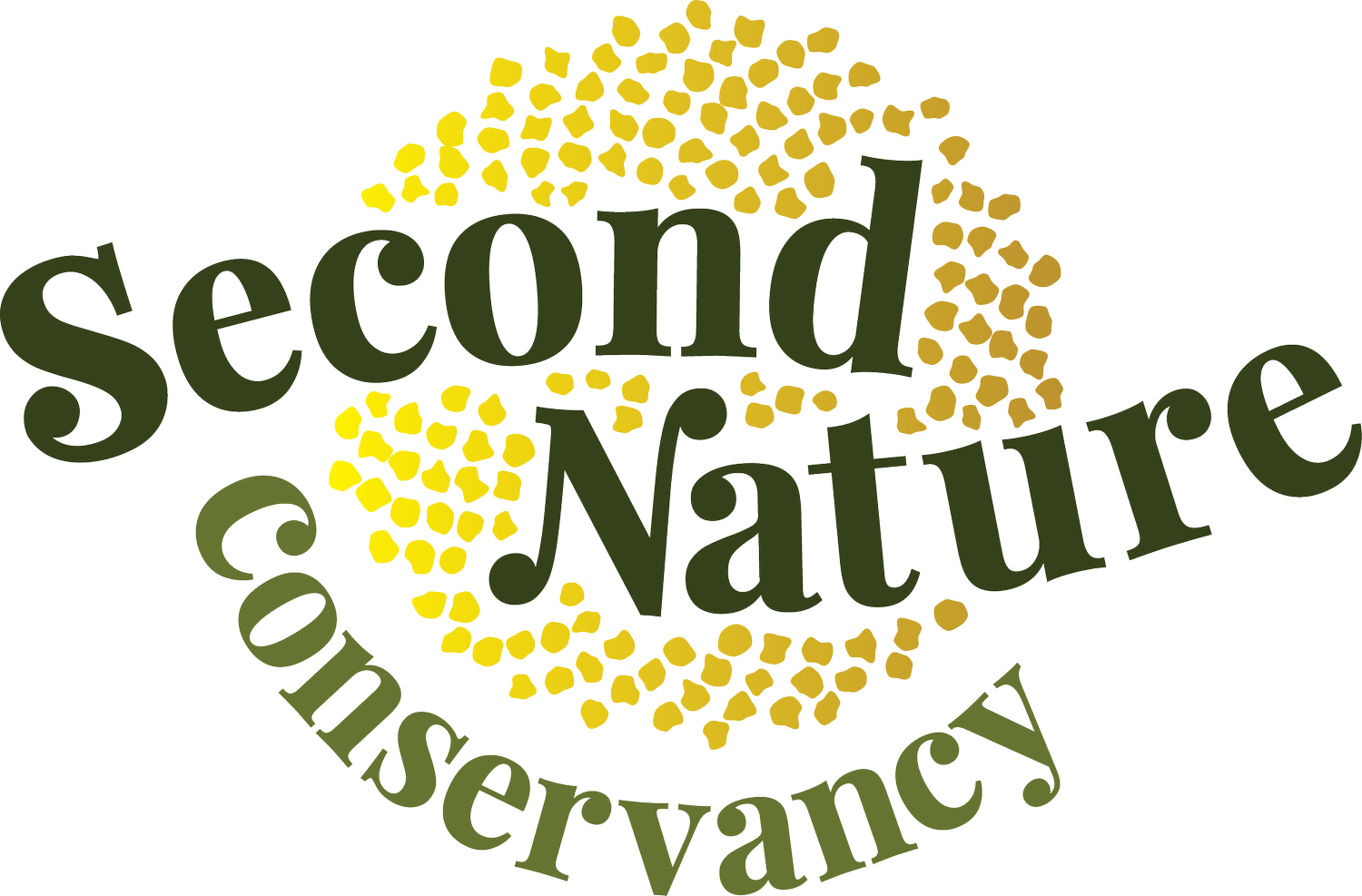Rare Plant found at McHarg’s Creek
Posted 13th November 2018. This project is now completed.
A benefit of getting in and doing intensive bushcare works in our area is the occasional discovery of a rare gem. Recently, one of our trusted bushcare contractors, Kieran Brewer (South Australian Indigenous Flora) was lucky enough to do just that, coming across a patch of rare Clover Glycine (Glycine latrobeana) at a property in McHarg’s Creek this Spring.
Clover Glycine is found in high rainfall areas of South Australia but is listed as Rare in the Fleurieu and Mount Lofty Ranges area, Critically Endangered in the Southern Flinders and Vulnerable elsewhere in the State so it is always a lovely feeling to find a patch that was previously unknown.
Clover Glycine, like many of our local natives, is a small, unassuming but very pretty plant. It is a perennial herb up to 10 cm tall with slightly twining stems. Its leaves are a clover-like with three rounded leaflets with silky hairs on the underside. It has a pretty, purple pea-like flower in clusters of 8-20 on long stalks.1
This patch of Clover Glycine is already being actively managed through funding from the Native Vegetation Council through SEB (Significant Environmental Benefit) funding being implemented by the GWLAP until 2020.
This is the third patch of Clover Glycine that GWLAP staff and contractors have found in the area in the last 6 years and with all being located in Eucalyptus obliqua forests. It highlights the need to invest in looking after all good patches of remnant vegetation, not just ‘high conservation rated’ bushland because we never know what rare gems are in them.
And just for interest..
Glycine from the Greek ‘glykys’ meaning sweet; referring to the sweet roots and leaves of some species of the Glycine (soybean) genus. Latrobeana named after Charles La Trobe (1801-1875), superintendent of the Port Phillip District of New South Wales and the first Lieutenant-Governor of Victoria in 1851.2




